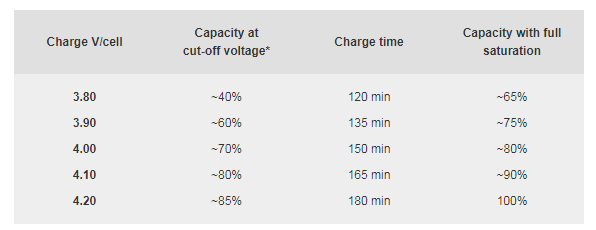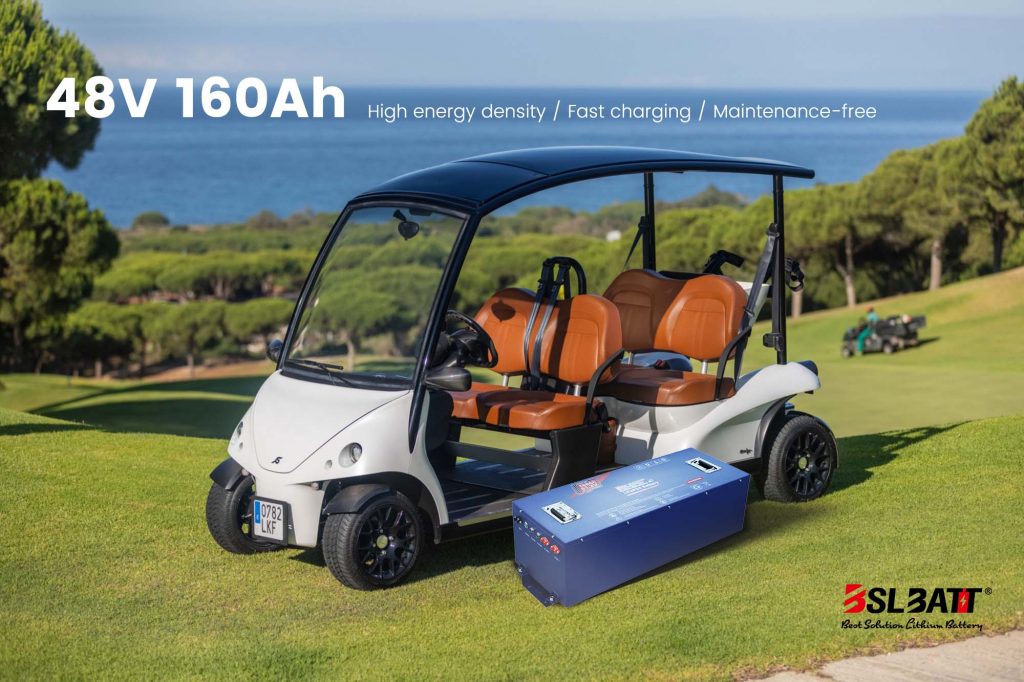Industry Application
Product Type
How to prolong battery life by using correct charge methods?
| Charging and discharging batteries is a chemical reaction, but Li-ion is claimed to be the exception. Battery scientists talk about energies flowing in and out of the battery as part of ion movement between anode and cathode. This claim carries merits but if the scientists were totally right, then the battery would live forever. They blame capacity fade on ions getting trapped, but as with all battery systems, internal corrosion and other degenerative effects also known as parasitic reactions on the electrolyte and electrodes till play a role.
Lithium-ion batteries are considered to be far better than other battery chemistries, but the same as any other batteries. They can’t escape the fact that they can’t stay all day long to power heavily used gadgets or devices. These batteries will require recharging at some point which can be very frustrating to users. What more if the charger is missing or broken? Here we are going to provide you a guide on how to charge a lithium-ion battery without a charger. So let’s not make you wait longer! Check out the list of alternatives you have to charge a lithium-ion battery.Alternatives to Charge Lithium-Ion Batteries without A Charger 1. Taking Advantage of the Electronic Devices with USB Ports 2. Charging a Li-ion Battery with A Clip Charger 3. Using Various Charging Devices that Uses Different Sources of Energy This is a voltage-limiting device that has similarities to the lead acid system. The differences with Li-ion lie in a higher voltage per cell, tighter voltage tolerances and the absence of trickle or float charge at full charge. While lead acid offers some flexibility in terms of voltage cut off, manufacturers of Li-ion cells are very strict on the correct setting because Li-ion cannot accept overcharge. The so-called miracle charger that promises to prolong battery life and gain extra capacity with pulses and other gimmicks does not exist. Li-ion is a “clean” system and only takes what it can absorb. The advised charge rate of an Energy Cell is between 0.5C and 1C; the complete charge time is about 2–3 hours. Manufacturers of these cells recommend charging at 0.8C or less to prolong battery life; however, most Power Cells can take a higher charge C-rate with little stress. Charge efficiency is about 99 percent and the cell remains cool during charge. Some Li-ion packs may experience a temperature rise of about 5ºC (9ºF) when reaching full charge. This could be due to the protection circuit and/or elevated internal resistance. Discontinue using the battery or charger if the temperature rises more than 10ºC (18ºF) under moderate charging speeds. The full charge occurs when the battery reaches the voltage threshold and the current drops to 3 percent of the rated current. A battery is also considered fully charged if the current levels off and cannot go down further. Elevated self-discharge might be the cause of this condition. Increasing the charge current does not hasten the full-charge state by much. Although the battery reaches the voltage peak quicker, the saturation charge will take longer accordingly. With a higher current, Stage 1 is shorter but the saturation during Stage 2 will take longer. A high current charge will, however, quickly fill the battery to about 70 percent. Li-ion does not need to be fully charged as is the case with lead acid, nor is it desirable to do so. In fact, it is better not to fully charge because a high voltage stresses the battery. Choosing a lower voltage threshold or eliminating the saturation charge altogether, prolongs battery life but this reduces the runtime. Chargers for consumer products go for maximum capacity and cannot be adjusted; extended service life is perceived less important. Some lower-cost consumer chargers may use the simplified “charge-and-run” method that charges a lithium-ion battery in one hour or less without going to the Stage 2 saturation charge. “Ready” appears when the battery reaches the voltage threshold at Stage 1. State-of-charge (SoC) at this point is about 85 percent, a level that may be sufficient for many users. Certain industrial chargers set the charge voltage threshold lower on purpose to prolong battery life. Table 2 illustrates the estimated capacities when charged to different voltage thresholds with and without saturation charge.
When the battery is first put on charge, the voltage shoots up quickly. This behavior can be compared to lifting a weight with a rubber band, causing a lag. The capacity will eventually catch up when the battery is almost fully charged (Figure 3). This charge characteristic is typical of all batteries. The higher the charge current is, the larger the rubber-band effect will be. Cold temperatures or charging a cell with high internal resistance amplifies the effect. Estimating SoC by reading the voltage of a charging battery is impractical; measuring the open circuit voltage (OCV) after the battery has rested for a few hours is a better indicator. As with all batteries, temperature affects the OCV, so does the active material of Li-ion. SoC of smartphones, laptops and other devices is estimated by coulomb counting. Li-ion cannot absorb overcharge. When fully charged, the charge current must be cut off. A continuous trickle charge would cause plating of metallic lithium and compromise safety. To minimize stress, keep the lithium-ion battery at the peak cut-off as short as possible. Once the charge is terminated, the battery voltage begins to drop. This eases the voltage stress. Over time, the open circuit voltage will settle to between 3.70V and 3.90V/cell. Note that a Li-ion battery that has received a fully saturated charge will keep the voltage elevated for a longer than one that has not received a saturation charge. When lithium-ion batteries must be left in the charger for operational readiness, some chargers apply a brief topping charge to compensate for the small self-discharge the battery and its protective circuit consume. The charger may kick in when the open circuit voltage drops to 4.05V/cell and turn off again at 4.20V/cell. Chargers made for operational readiness, or standby mode, often let the battery voltage drop to 4.00V/cell and recharge to only 4.05V/cell instead of the full 4.20V/cell. This reduces voltage-related stress and prolongs battery life.
Some portable devices sit in a charging cradle in the ON position. The current drawn through the device is called the parasitic load and can distort the charge cycle. Battery manufacturers advise against parasitic loads while charging because they induce mini-cycles. This cannot always be avoided and a laptop connected to the AC main is such a case. The battery might be charged to 4.20V/cell and then discharged by the device. The stress level on the battery is high because the cycles occur at the high-voltage threshold, often also at elevated temperatures. A portable device should be turned off during charge. This allows the battery to reach the set voltage threshold and current saturation point unhindered. A parasitic load confuses the charger by depressing the battery voltage and preventing the current in the saturation stage to drop low enough by drawing a leakage current. A battery may be fully charged, but the prevailing conditions will prompt a continued charge, causing stress. Simple Guidelines for Charging Lithium-based Batteries
|
A Guide to Choosing the Best 48V Lithium Golf Cart Battery
Would it be worth investing in a 48V ...
10 Exciting Ways To Use Your 12V Lithium Batteries
Back in 2016 when BSLBATT first began designing what would become the first drop-in replacemen...
BSLBATT Battery Company Receives Bulk Orders from North American Customers
BSLBATT®, a China Forklift battery manufacturer specializing in the material handling indust...
Fun Find Friday: BSLBATT Battery is coming to another great LogiMAT 2022
MEET US! VETTER’S EXHIBITION YEAR 2022! LogiMAT in Stuttgart: SMART – SUSTAINABLE – SAF...
Looking for new Distributors and Dealers for BSL Lithium Batteries
BSLBATT battery is a fast-paced, high-growth (200% YoY ) hi-tech company that is leading the a...
BSLBATT to Participate at MODEX 2022 on March 28-31 in Atlanta, GA
BSLBATT is one of the largest developers, manufacturers, and integrators of lithium-ion batter...
What makes the BSLBATT the Superior Lithium Battery for your Motive Power needs?
Electric forklift and Floor Cleaning Machines owners who seek the ultimate performance will fi...































